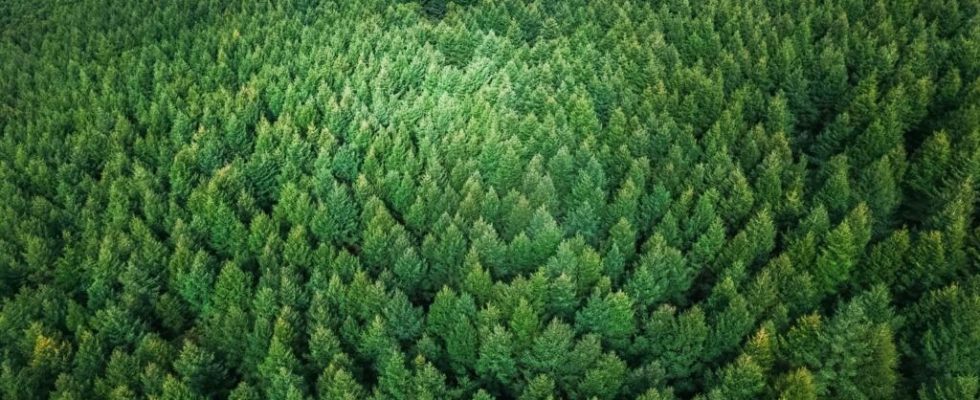Having many different species of trees and plants, as well as soil teeming with organic life, helps forests better withstand droughts in particular. This is what French, German and Chinese researchers demonstrated in two studies published this Monday March 18 in international scientific journals Global Change Biology And PNAS.
1 min
When a forest’s canopy is made up of a wide variety of tree species, it is beneficial to that forest’s microclimate because extremes of temperature and humidity are mitigated.
“ This means that when there are very high temperatures, it will be a little cooler in forests with great biodiversity. And conversely, when it is colder, the temperature will also be lowered in these forests where there are more species. », explains the ecology researcher at the CNRS Stéphan Hättenschwilerwho participated in the studies.
By conducting field experiments in five types of forests from the north to the south of the China, researchers have also demonstrated that high biodiversity guarantees the decomposition of tree leaves, even in periods of drought. This process, essential for the proper functioning of forests, is favored by the diversity of plants, but also by the presence of a wide variety of organisms in the soil: earthworms, centipedes, mites and all the microscopic life.
“ When you have a more species-rich litter and a more complex network of decomposer organisms, this diversity can offset the negative effects of drought. So it’s a kind of insurance against extreme conditions,” continues Mr. Hättenschwiler.
For scientists, we must therefore move away from monocultures and promote the diversity of trees in our forests so that they are more resilient to climate change.
To rereadEnvironment: the Amazon rainforest could pass a point of no return by 2050
